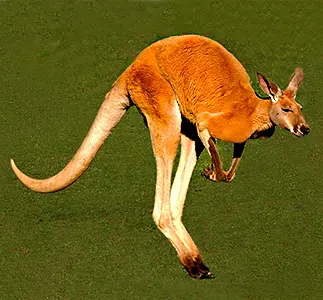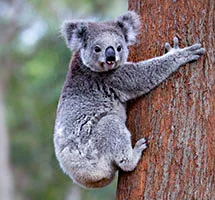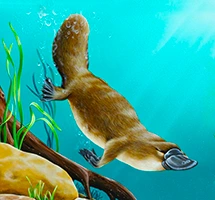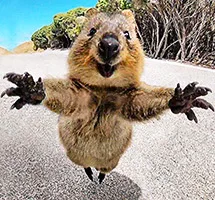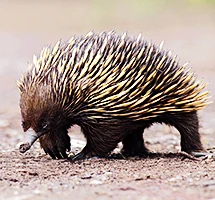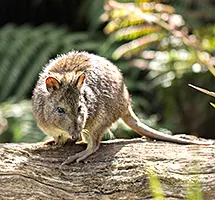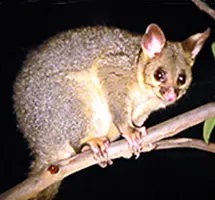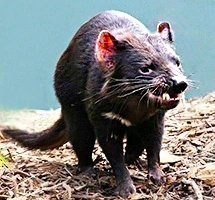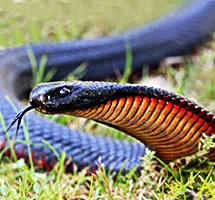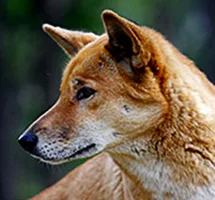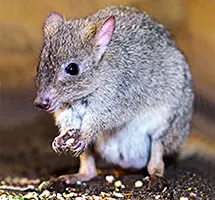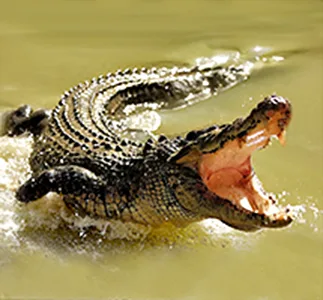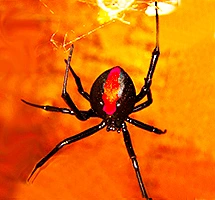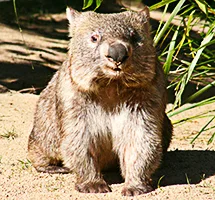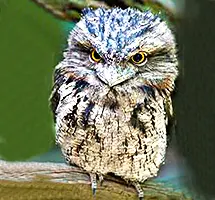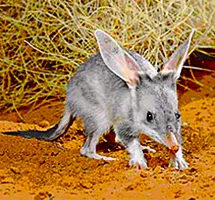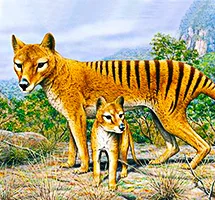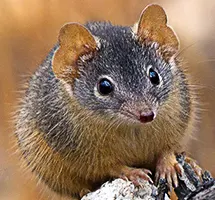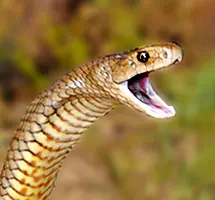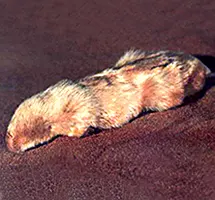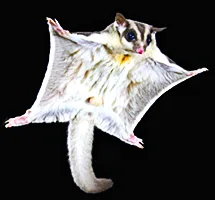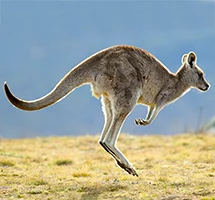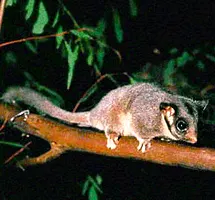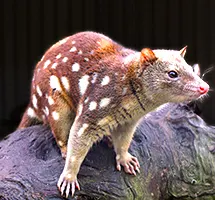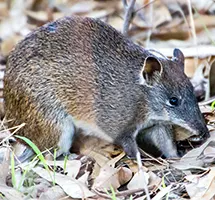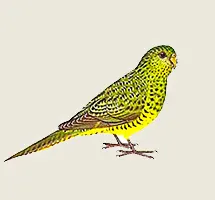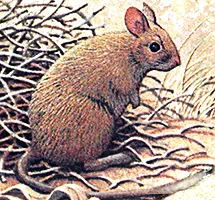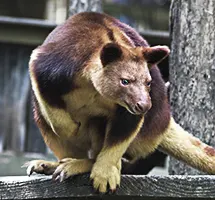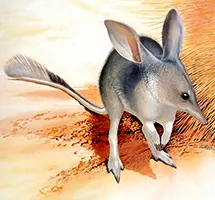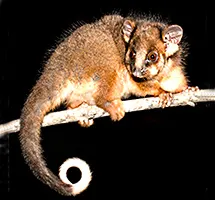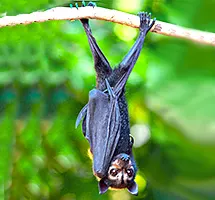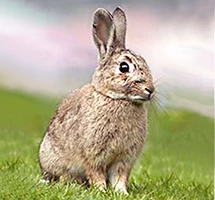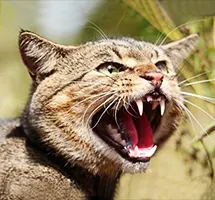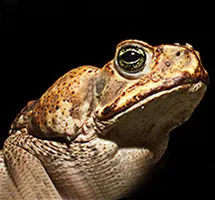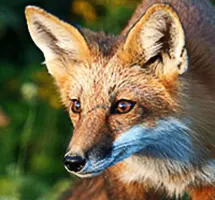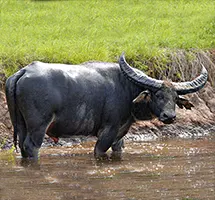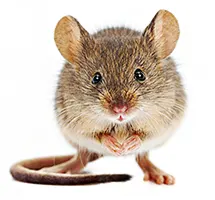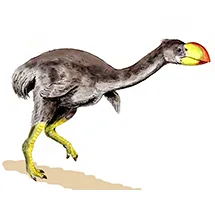List of Nocturnal Animals
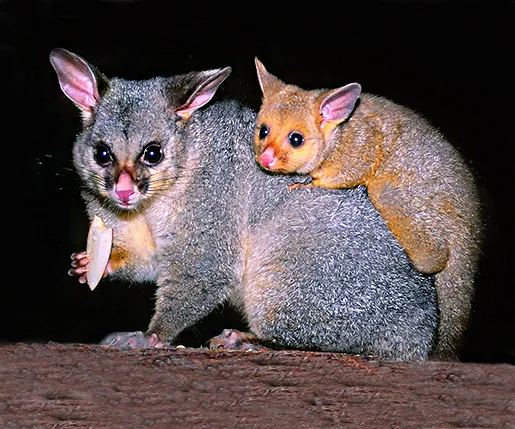
Nocturnal animals are creatures that are active during the night and sleep during the day. While some animals, such as bats, owls and possums are strictly nocturnal, others have varying levels of nocturnality. For example, kangaroos are classified as nocturnal, but they are also active at dawn and dusk. Echidnas and red-bellied black snakes, on the other hand, foraging at night in hot weather and during the day in cooler temperatures.
Most Australian animals are nocturnal or crepuscular, meaning they only active in the dark. This behaviour is due to the hot and dry climate with little water typical of Australia. By remaining inactive during intense daytime heat, many Australian creatures avoid getting dehydrated.
House Gecko
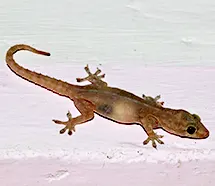
The house gecko is found throughout northern Australia. It is fond of cohabiting with humans in houses and buildings. It is active after dark.
Rat
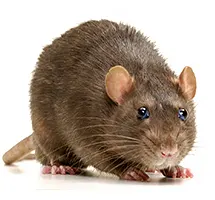
Black and brown rats arrived on board the first European ships to come to Australia. They are crepuscular and nocturnal
Feral Pig
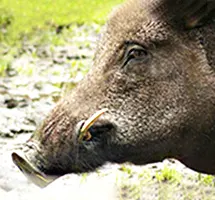
Feral Pigs are the descendants of pigs brought to Australia by European settlers that became wild. They are primarily nocturnal.
Red-eyed Tree Frog
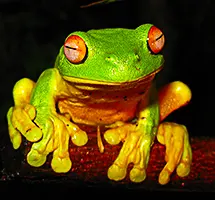
Red-eye tree frogs live in rainforests and wetlands. They are nocturnal hunters that feed on moths and other insects. They make a 'waa-aa' sound.
Rakali (Water Rat)
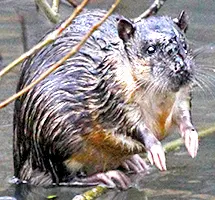
The Rakali is a semi-aquatic placental that is mostly nocturnal but starts searching for food at dusk. It lives in burrows on the banks of waterways.
Taipan
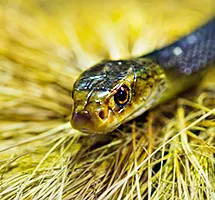
Taipans are large venomous snakes. They are usually active during the day, but in hot weather they may become nocturnal.
Gastric-brooding Frog
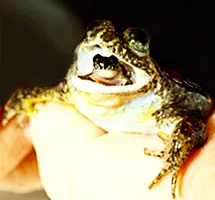
Gastric-brooding frogs incubated their eggs in the mother's stomach and kept their young in her mouth. They are extinct. They were nocturnal.
Eastern Bettong
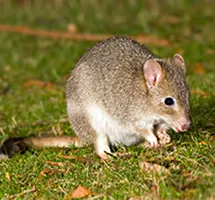
The eastern bettong became extinct on mainland Australia. A very small population still exists in Tasmania. They are nocturnal.
Plains Wanderer
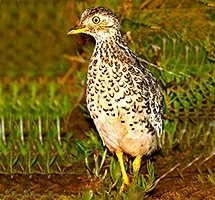
Plains Wanderers are small quail-like birds that prefer to run rather than fly and fall prey to foxes. Although it is a diurnal feeder, it is only see at night.
What are Nocturnal Animals? Day, Evening, Night or Undecided
Animals can be categorised into three broad groups based on the time of day that they are most active.
Photo: Times of day chart
Diurnal (Daylight) animals are usually active during daylight and rest when it gets dark.
Crepuscular (Twilight) animals are active during dawn and dusk (twilight) and rest at other times of the day.
Nocturnal (Night) animals are those that are active during the night when it's totally dark and rest during other times of the day.
Most animals, however, don't fit conveniently into these categories as they may be seen to be active across these time-zones and may adjust their behaviour to a number of factors – typically the climate.
Some animals, such as bats and owls, are strictly nocturnal. Others, such as the echidna and red bellied black snake, vary the times they are active according to their environment. For example, if the climate is hot, the echidna will forage for food at night. But in cooler weather, it will come out during the day. While the echidna's behaviour is dictated by its desire to stay cool, in the case of the red bellied black snake, it is just the opposite. Being cold-blooded and needing to stay warm, the snake will hunt at night if the weather is hot. But if the weather is cold it will do so during the day. Kangaroos, on the other hand, while officially categorised as nocturnal are also crepuscular, being quite active during dawn and dusk.
It is common practice to classify many animals that come out when it gets dark as nocturnal, even though in actual fact they may be crepuscular animals. One reason might be the tongue-twisting name – crepuscular – which few can remember or pronounce.
Reason Australia has So Many Nocturnal Animals Why Does Australia have so many Nocturnal Animals?
Australia is the driest inhabited continent on earth. Most of the land is arid and the climate is hot. As a result, many of the native animals, especially the marsupials, have adopted a nocturnal lifestyle in order to avoid the blistering heat of the day. This behaviour of coming out only at night when the temperature is cooler conserves precious water which would be lost by being active in the hot sun.
Special Adaptations for Nocturnal Life
Nocturnal animals have evolved special adaptations that help them survive in the dark.
Eyes (Sight)
Many nocturnal animals, such as possums, have very good low-light eyesight.
Ears (Sound)
Many nocturnal animals, such as the kangaroo, bilby, and rabbit have an acute sense of hearing. This allows them to detect danger at great distances in the dark. Many bats, on the other hand, use echolocation which acts like a radar. The bat emits a high-frequency sound that bounces off objects, and the animal's ears pick up the bounced signals to help it navigate through the dark.
Nose (Smell)
Some of these animals have an acute sense of smell. The koala's large nose, for example, allows it to sniff out the most appropriate leaves to eat in the dark.
Learn More About Australia's Incredibly Quirky Animal
All Rights Reserved. (Last Updated: Jun 03, 2025)
